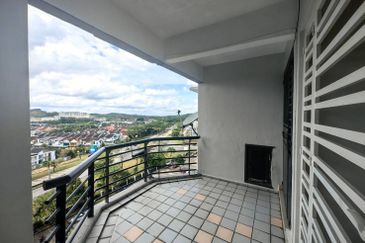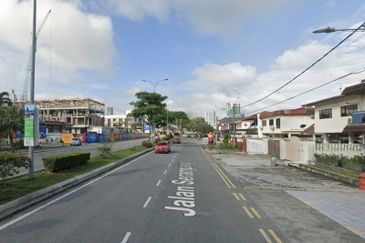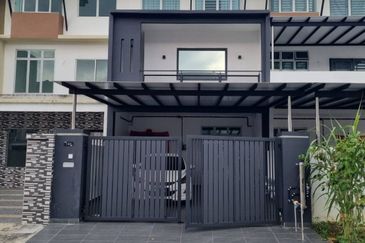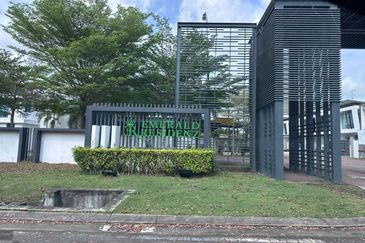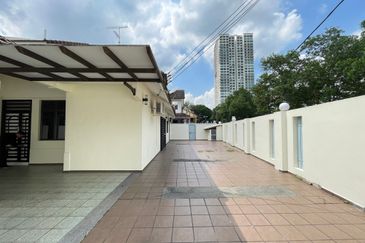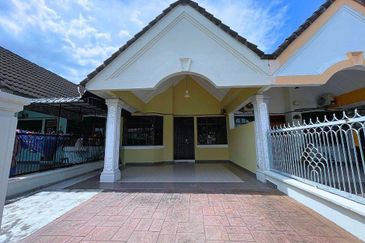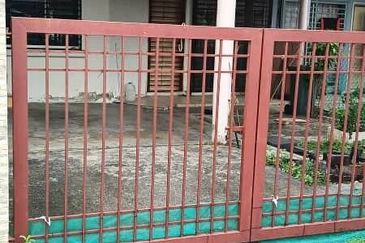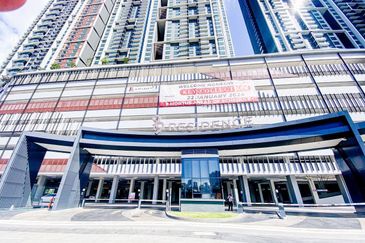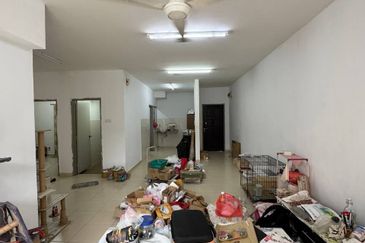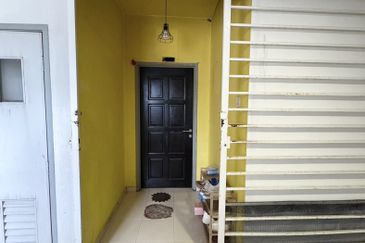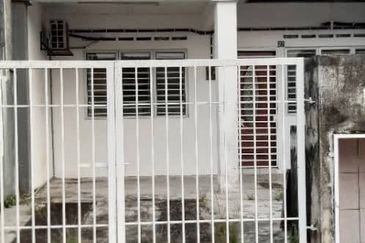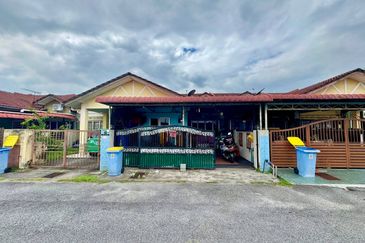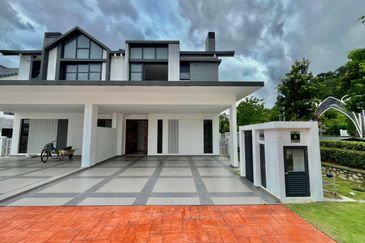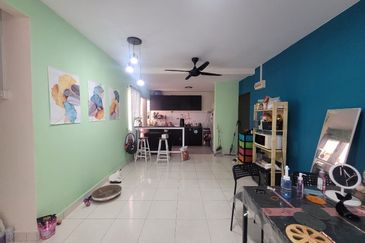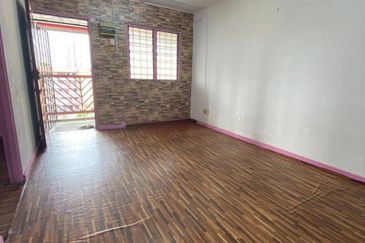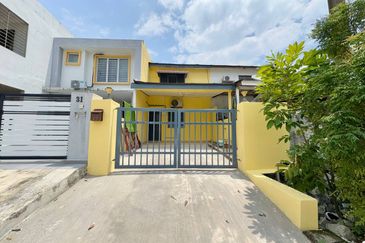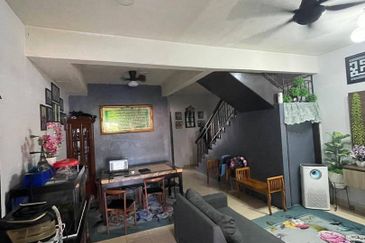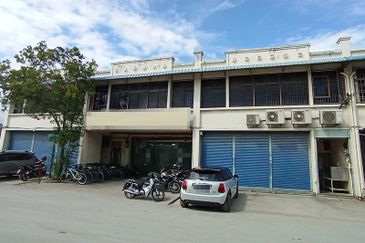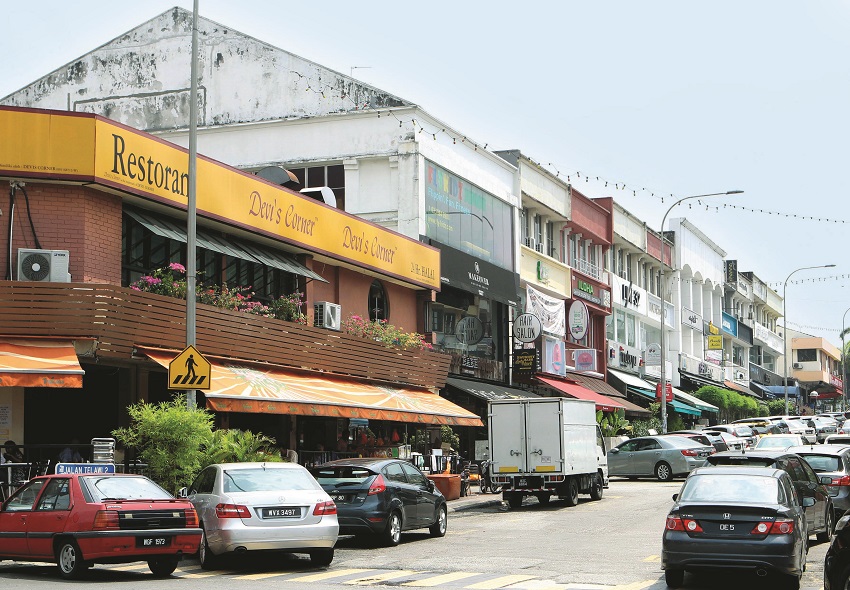
THE supply of foreclosed properties up for auction has dropped as banks have foreclosed on fewer homes since 2012, according to several property auctioneers. This shortage is worrying, as demand for auction properties is still very high, they tell digitaledge WEEKLY.
Property auctioneers say the declining number of foreclosures could be attributed to homebuyers being more capable of servicing their loans on time and potential purchasers being able to afford more expensive properties.
The declining number of homes put up for auction by banks is also linked to better personal financial management, while more stringent loan regulations have reduced the number of mortgages approved and, consequently, defaults, they add.
However, auctioneers are optimistic about the auction market, especially with properties that were bought under the developers’ interest bearing scheme (DIBS), which was abolished last year. Under the scheme, which consultants estimate drove up the prices of properties by 5% to 25%, buyers must service interest on loans for completed properties that, depending on the interest rates, may be even more expensive than usual.
Affordability drives demand
Foong Chon Wai, a licensed auctioneer with Ng Chan Mau & Co Sdn Bhd, describes the auction market as livelier due to higher demand compared with previous years, as it provides more affordable options than what’s offered on the primary market.
 “People are more aware of the auction market, where they’re able to buy properties that are being auctioned [at a lower price] compared with those in the primary market. As we know, many developers are launching their products at above RM500,000, so affordability has become an issue for those who want to purchase a property,” Foong explains.
“People are more aware of the auction market, where they’re able to buy properties that are being auctioned [at a lower price] compared with those in the primary market. As we know, many developers are launching their products at above RM500,000, so affordability has become an issue for those who want to purchase a property,” Foong explains.
Foong adds that the average number of bank foreclosures he has received in the first half of this year (1H2015) has decreased by 70% from the same period last year.
Executive director of Property Auction House Sdn Bhd, Danny Loh, has also seen a 60% decline in the number of cases submitted to the auction house over the past three years.
“There aren’t many affordable houses nowadays, with most new launches in the urban areas priced above RM400,000. Such prices are beyond the means of the general public. So, buyers look for bargains in the auction market,” says Loh. “Buyers understand what is a good buy, so when they see a property at what they consider an affordable or good price, these are sold during the first auction itself. Now, we see fewer cases of homes in repeat auctions.”
Founder and CEO of Ehsan Auctioneers Datuk Abdul Hamid P V Abdu says there’s always a good crowd at every auction.
“This is regardless of the respective state’s restrictions — for example, in Penang, you can only purchase one property at auction and you cannot put it on sale for the next 10 years. This is the state government's action to curb the speculators' market. The event room when auctions are held is always full,” says Hamid.
He reveals that Johor has one of the liveliest auction markets, mainly because of the higher purchasing power of its bidders compared with those in the Klang Valley and Penang.
 “Most Singaporeans, especially investors, prefer to buy properties in Johor as prices in Singapore are very high,” says Hamid.
“Most Singaporeans, especially investors, prefer to buy properties in Johor as prices in Singapore are very high,” says Hamid.
“A number of business owners are buying properties in Johor and using them as workers’ hostels. All of these factors have made Johor a livelier auction market compared with the Klang Valley and Penang.”
Location matters
Aside from affordability, location is another pull factor for auctions, says Property Auction House’s Loh. “You get a chance to purchase properties in established neighbourhoods like Bangsar, where new launches are likely to be pricier.”
Ehsan Auctioneers’ Hamid says because new launches within established areas are very expensive, and quite unlikely due to scarcity of land, the auction market provides an opportunity for buyers to snap up these properties for a good price.
Loh says the auction market is also a good place to source for land and commercial buildings. When bidding for properties within a property hotspot like Bangsar, there are several reasons bidders are willing to pay above market price, he explains.
“It’s natural for people to buy above market price when the property is what they want, and it’s also because properties within certain hotspots are limited so they grab when they can,” says Loh.
Ng Chan Mau’s Foong notes that sometimes, auction properties can create new price benchmarks compared with similar properties in the secondary market.
Foong recalls that a 2-storey shop lot in Bangsar was sold for RM2 million two years ago, which was more than the market price at the time. “It creates a new price benchmark for properties in the respective areas, which usually happens in popular areas like Bangsar.”
Moving forward, Foong believes the number of bank foreclosures will increase again in the near future as properties purchased under the DIBS from two years ago are completed. This is because buyers who are unable to cope with their loans are unable to dispose of their properties to pay off their mortgages.

“Unlike the property market, it’s quite difficult to gauge the future prospects of the auction market because it depends on the banks giving out foreclosures,” he says.
Hamid notes that the performance of the auction market varies in locations.
“I can’t give a general outlook for the auction market as it depends on the location. Popular locations such as Bangsar and Puchong are most likely to find buyers, while locations further out like Bukit Beruntung may take longer to sell, translating into slower sales for the area.
This article first appeared in property, a section of the digitaledge WEEKLY, on Sept 21, 2015. Subscribe here.
TOP PICKS BY EDGEPROP

Taman Sri Subang PJS 10
Bandar Sunway, Selangor


